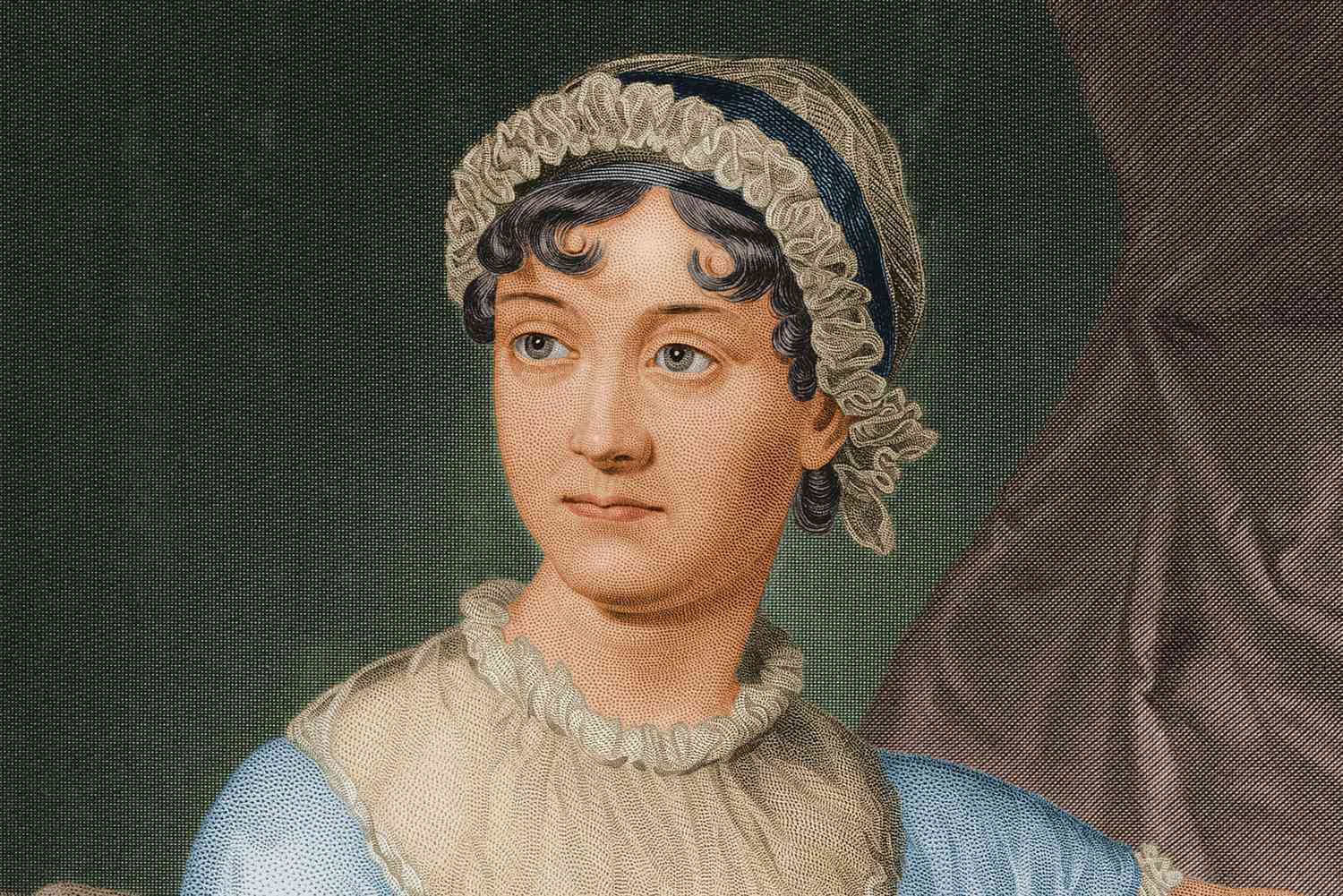This year readers and fans of Jane Austen are celebrating the 250th anniversary of her birth and here ANNA CREER reviews three of the inevitable stream of books on the intriguing English writer.
In the UK there will be a Birthday Ball in Hampshire; the Jane Austen Society will hold its AGM in the field where the Steventon Rectory, her birthplace, once stood and, the house where Jane Austen died at 41 in Winchester will be open to the public.
Inevitably more books on Jane Austen will be published, as scholars both academic and amateur seek to shed new light on her life and work, to uncover details that the Austen family, since the time of her death, have tried to suppress.

Kathryn Sutherland, a senior research fellow at St Anne’s College, Oxford, has produced a different kind of biography in Jane Austen in 41 Objects (Bodleian Library), asking: “What might we learn if we take a glimpse of the objects that [Austen} cherished… or that furnished the world in which she moved, or that have themselves been inspired by her legacy”. For each object there is a 600-word analysis, complemented by a colour illustration.
Some are familiar and predictable: Cassandra’s amateurish portrait of 1810; the juvenilia of Volume the First; The Austen family quilt; Austen’s silk pelisse and the Windsor Castle copy of Emma.
However, others are not, including a spray of artificial flowers found in 1978 inside a Roger and Gallet soap box in the rafters of an outbuilding at Jane Austen House.
In a letter to Cassandra dated June 16 1799, Austen details her search for hat decorations in Bath, and having been to “the cheap shop” she had purchased flowers rather than the in-vogue fruit, telling her sister: “I cannot help thinking that it is more natural to have flowers grow out of the head than fruit”. The flower spray lacks the provenance of other objects, but it’s intriguing.
Then there’s the 18th century cast iron grate from the Austen’s dining parlour in Chawton that was discovered on a scrapheap by Dorthy Darnell, who was instrumental with others in forming the Jane Austen Society in 1940.
More controversially, Sutherland includes the famous linen shirt worn by Colin Firth, as he emerged from the lake in the BBC mini series of Pride and Prejudice. For Sutherland, at that moment: “Television classic adaptation was reinvented”.
Sutherland describes her biography as Austen “discovered aslant, through small biographies of things – objects… that offer shifting entry points into and various ways of inspecting her life and her after lives”. It’s also both entertaining and informative.

MORE academic, but equally entertaining, is An A-Z of Jane Austen (Bloomsbury) by Michael Greaney, senior lecturer in English Literature at Lancaster University, UK.
Greaney describes his collection of interconnected short essays as “an exploratory guide to the writings of Jane Austen using not only the six novels but also her letters, unfinished novels, the juvenilia and her prayers”. He takes 26 key words from accident to zigzag, which include places (Bath, West Indies), things (eye, horse, letter), concepts (kindness, queer, risk), activities (dance, matchmaking, visit) and people (children, friend, servant).
Through his intertextual approach, Greaney reveals “under examined corners of Austen’s imagination”, (P is for poor; N is for no), as well as how current postmodern approaches are shaping modern understanding of Austen’s work (Q is for queer; W is for West Indies). Greaney raises and answers intriguing questions about Austen herself. Why are children so marginal in her fiction? Did she actually dislike children? Why are many of her female characters – but none of her heroines – called Jane? Why do refusals shape so many of her storylines?
An A-Z of Jane Austen encourages a deeper reading of Austen’s works in an engaging, accessible format.
IN Jane Austen and the Price of Happiness (John Hopkins University Press), Inger Brodey, professor of English at the University of North Carolina, questions how Austen has become “a cultural icon for fairytale endings” when in fact her endings are not as happy as they seem.

They do not focus on weddings for instance. In the six novels, only Emma’s is described and that through Mrs Elton’s acerbic comment that: “It was all extremely shabby and very inferior to her own.”
It’s TV and movie adaptations that have created the fantasy that Austen’s novels have romantic happy endings, whereas in reality Austen remains “explicitly and stubbornly silent on details of the happy union”, rejecting the sentimental and gothic endings of her predecessors.
Brody, through her analysis of both the novels and the modern adaptations, brings the real Jane Austen into focus.
Who can be trusted?
In a world of spin and confusion, there’s never been a more important time to support independent journalism in Canberra.
If you trust our work online and want to enforce the power of independent voices, I invite you to make a small contribution.
Every dollar of support is invested back into our journalism to help keep citynews.com.au strong and free.
Thank you,
Ian Meikle, editor






